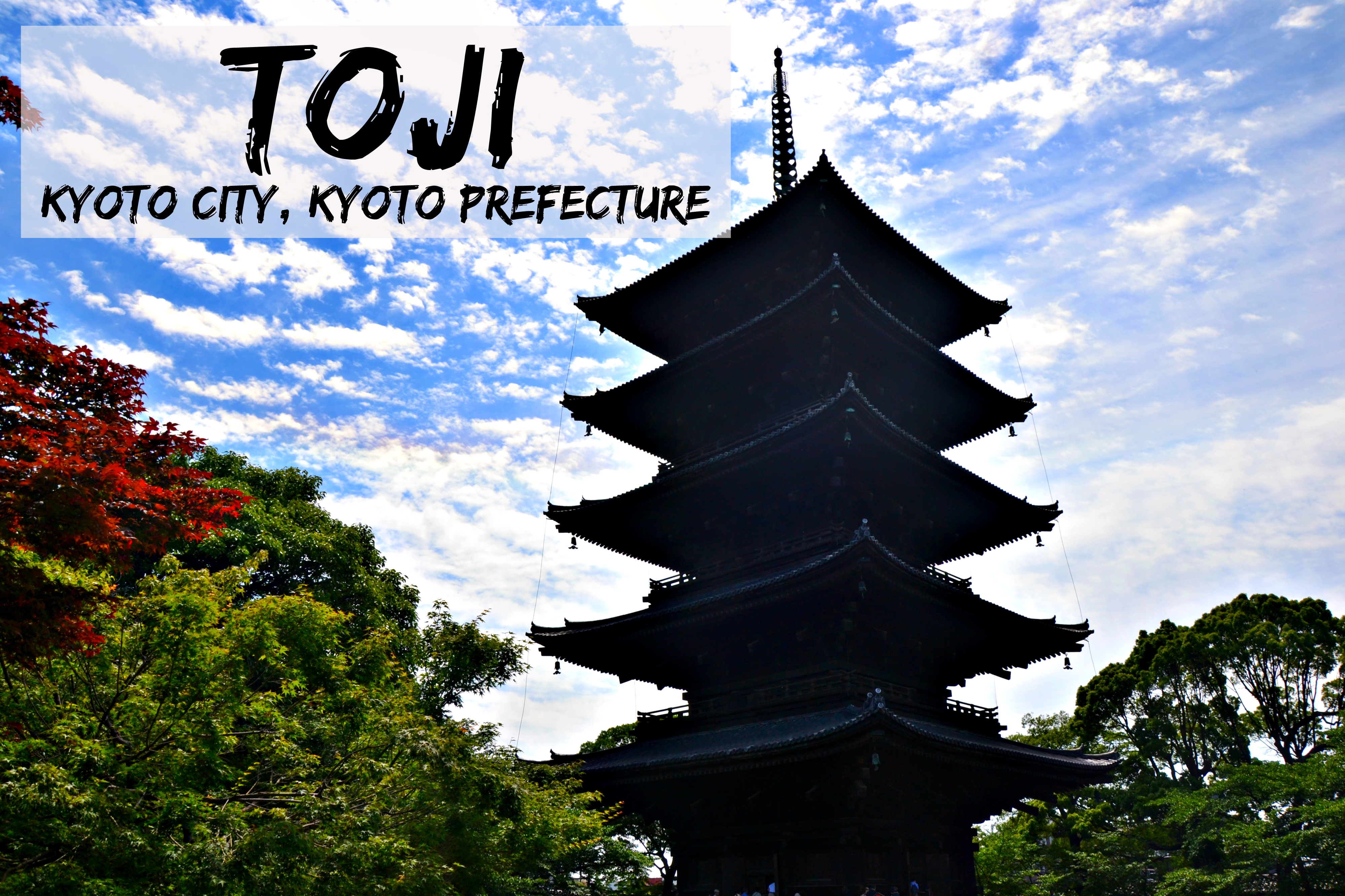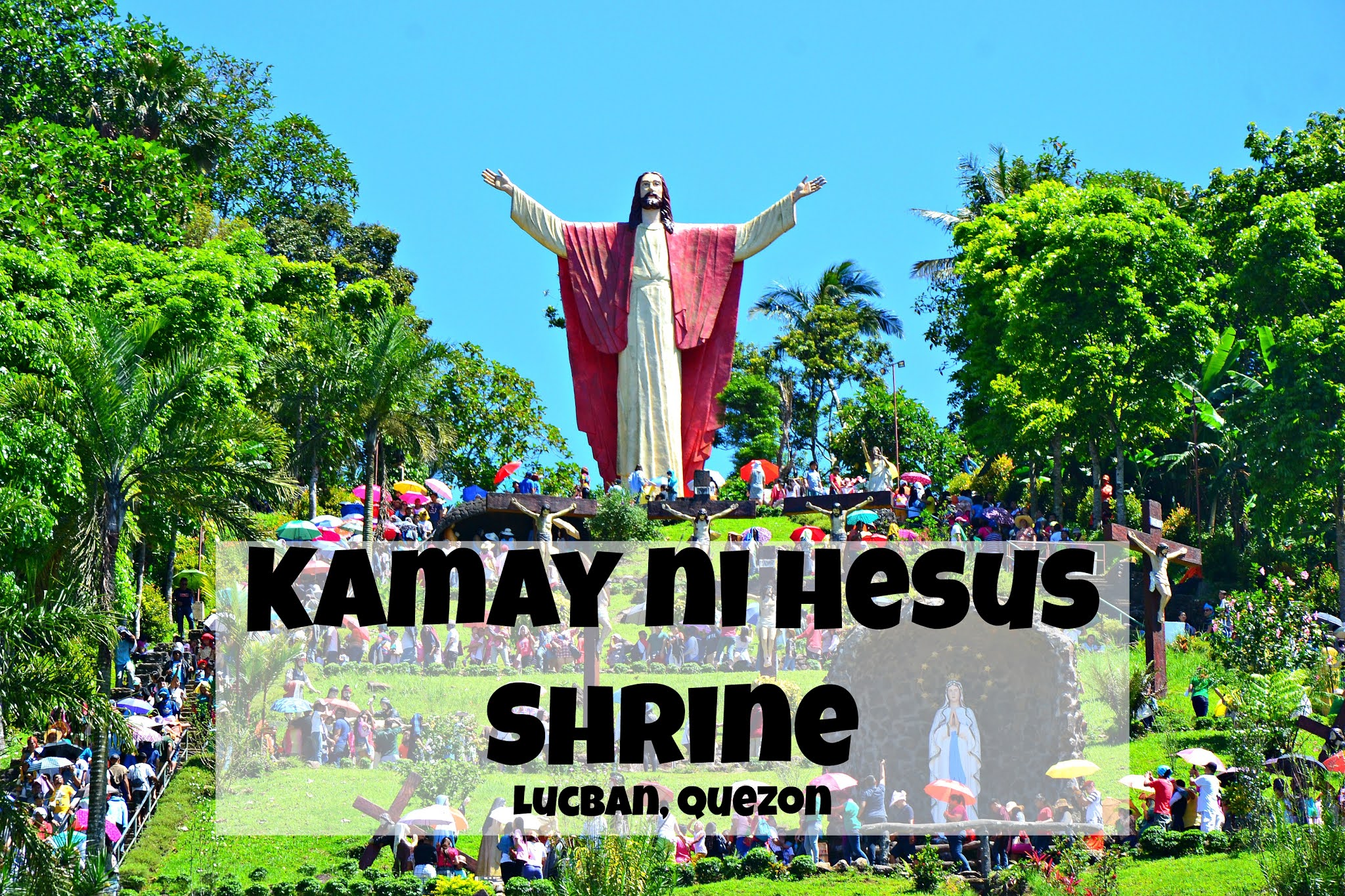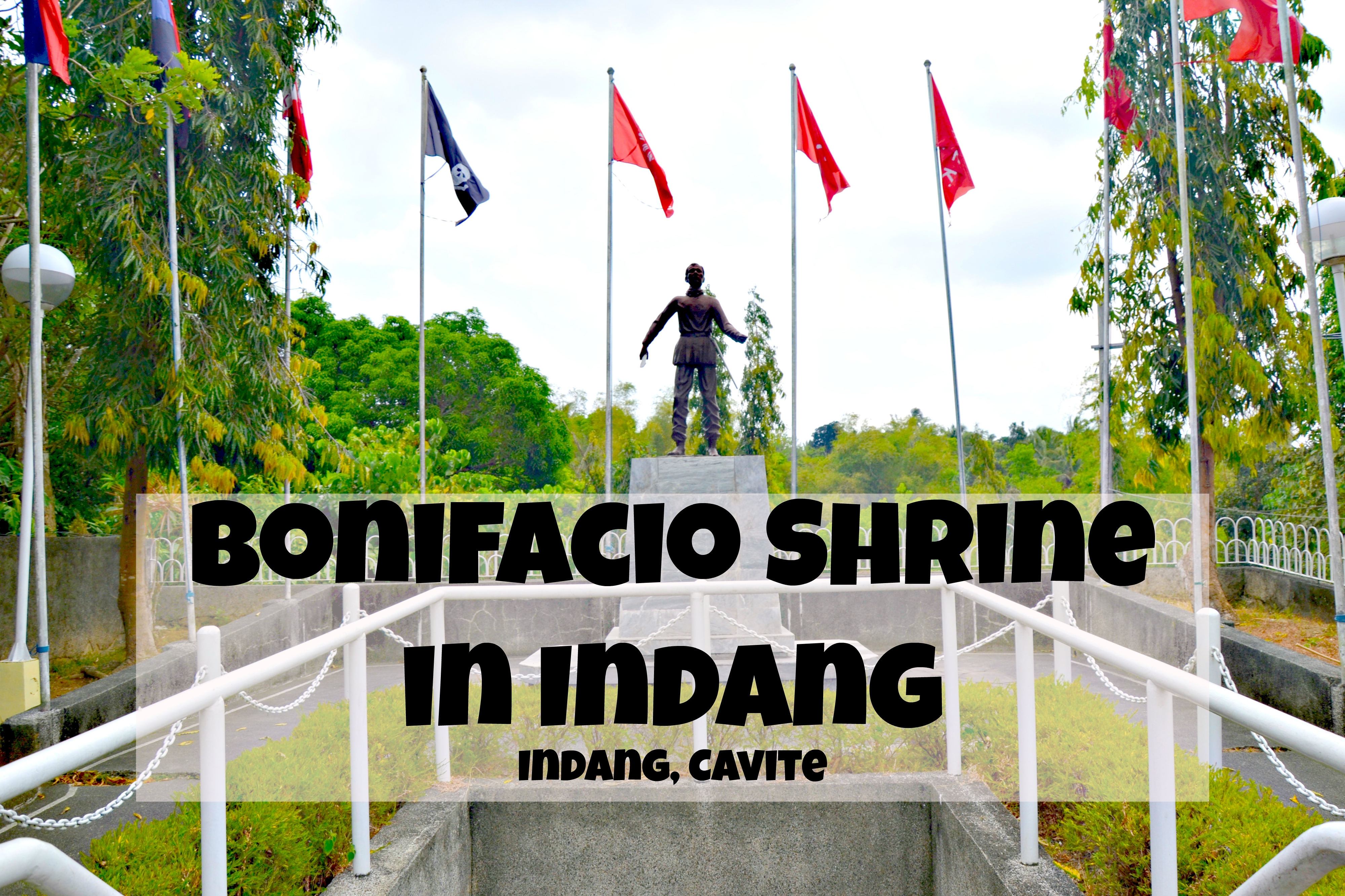Located near Shibuya Station in Shibuya City, Tokyo Prefecture in Japan, Hachiko Statue is one of Japan's most famous and most visited statues.
 |
| Hachikō Statue |
Hachiko Statue History
Erected in April 1934, Hachikō Statue was created to the likeness of Hachikō, an Akita dog owned by Hidesaburo Ueno a university professor at the University of Tokyo. Hachikō is known and remembered for his remarkable loyalty to his owner which continued for many years after his owner's death.
 |
Hachiko - immortalized in his waiting area.
|
 |
| Hachikō Statue - Shibuya City, Tokyo Prefecture |
Hachikō's Story
 |
Hachiko
|
Born on November 10, 1923, on a farm in Odate, Akita Prefecture, Hachiko is an Akita breed dog who was adopted into the family of Professor Ueno who brought him to live in his home in Shibuya, Tokyo. Since Professor Ueno commutes daily to work, it became a daily routine for Hachiko to patiently wait for his master at the nearby Shibuya Station to greet him at the end of the day. However, in May 1925 Professor Ueno suffered a cerebral hemorrhage and died, never returning to meet his dog at Shibuya Station. Each day, Hachikō would return to the station appearing precisely when the train was due to arrive in the afternoon.
 |
| Hachikō waiting for his master at the old train station |
 |
| February 1934 picture of Hachiko |
Hachikō attracted the attention of the station workers and many of the people who frequented the station. His story was first published in Asahi Shimbum on October 4, 1932. After that, his popularity rose and people started bringing him treats. He was even present when his original bronze statue was erected in April 1934. The statue found today is a replica of that statue. The original one was recycled for the war effort during World War II.
 |
| Hachikō's final photo |
Sadly, Hachikō joined his master on March 8, 1935. In total, he faithfully waited for Prof. Ueno for nine years, nine months, and fifteen days. In March 2011, scientists settled his cause of death. According to them, he had terminal cancer and a filaria infection. There are also four yakitori skewers found in his stomach but they did not cause any damage nor cause his death.
 |
| The 1st-year-anniversary celebration of Hachiko's death |
 |
| Hachikō's stuffed remains in the National Science Museum of Japan in Ueno, Tokyo |
We visited Hachikō Statue on the last day of our stay in the Chiba Prefecture after our trip to Tokyo Disneyland and Tokyo DisneySea. This was during the 20th day of our 2014-2015 Japan trip.
 |
| Ella with her Hachikō cap. |
 |
| Team Nicerio visits Hachikō Statue |
Overall, although small and partially tucked in the corner, the statue still attracts plenty of tourists. So if you're planning to visit you have to do it early in the morning or sometime in the night when people would least visit it.Hachiko Statue Admission Fee:
It's FREE to visit Hachiko Statue.
Hachiko Statue Opening Hours:
The Hachiko Statue area is open 24 hours.
Why visit Hachiko Statue?
There's really nothing much to do in the area where Hachiko Statue is erected. However, for most tourists, having a picture with this famous statue is quite a must-do and is included in the itinerary of many. So, when in Shibuya City, find time to visit Hachiko Statue. Getting to Hachiko Statue:
 |
| Check out the art display outside Shibuya Station |
 |
| Shibuya Station |
 |
Exit here at Hachiko Exit
|
Exit at Hachiko Exit of Shibuya Station, Hachikō Statue's just a few meters away from the exit going to Shibuya Crossing. You can reach it on foot. Take note though, it's easy to miss.
Ratings:
 |
| Crowd |
 |
| Cleanliness |
 |
| Overall rating |




























Comments
Post a Comment